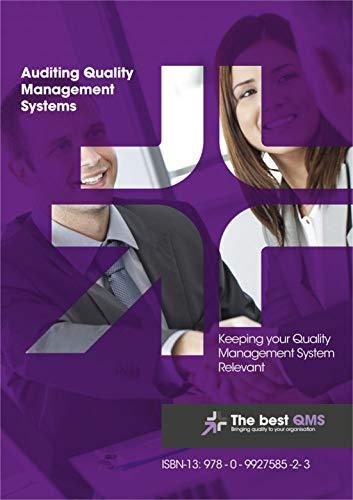Question
All of the engineering studies say that tar sand is excellent for use in road construction, said Holly Edwards, chief engineer for Dieter Mining Company.
"All of the engineering studies say that tar sand is excellent for use in road construction," said Holly Edwards, chief engineer for Dieter Mining Company. "With road construction projected to be at peak levels over the next 10 years, now is the time for us to extract and sell the tar sand off of tract 370 in the southern part of the state."
"I'm not so sure," replied Tom Collins, the vice president. "Prices are really soft for tar sand. The best we can hope to get is $7 a ton, and the accounting people say it will cost us at least $3 a ton for utilities, supplies, and selling expenses. That doesn't leave much in the way of contribution margin."
"I know we won't get much per ton," replied Holly, "but our studies show that we have 1,735,000 tons of tar sand in the area. I figure we can extract 90,000, 145,000, and 240,000 tons the first three years, respectively, and then the remainder evenly over the next seven years. Even at only $7 a ton, that'll bring a lot of cash flow into the company."
"But you're forgetting that we have other costs, too," said Tom. "Fixed costs for salaries, insurance, and so forth, directly associated with the tar sand project would be $450,000 a year. Besides that, we would have to pay out an additional $250,000 at the end of the project for filling and leveling the land. You know how tough those environmental people can get if things don't look right. And all of this doesn't even consider the $800,000 cost of special equipment that we would need or the $75,000 we would have to put up for working capital to carry inventories and accounts receivable. I'm uneasy about the whole idea."
"You've got to look at the big picture, Tom. You'll get the working capital back in 10 years when the project is completed. In addition, we can depreciate that equipment and save a bundle in taxes at our 30% tax rate. Besides that, since the equipment would have a 12-year useful life, it would still have some use left when the project was completed. I'm sure we could sell it to someone for at least 5% of its original cost."
"All of that sounds fine, Holly, but I'll still bet the project won't provide the 18% after-tax return we require. Let's give all this to accounting and have them do a present value analysis for us."
1. Compute the before-tax net cash receipts each year from the extraction and sale of the tar sand. (Do not include the cost of filling and leveling the land in this computation.)
2. Using the data from (1) above and other data from the problem as needed, prepare a net present value analysis to determine whether the company should purchase the equipment and extract the tar sand. Round all dollar amounts to the nearest whole dollar. You may assume that the company as a whole will have a positive taxable income in every year so that a tax benefit would be realized from any operating losses associated with the tar sand project. Also assume that the special equipment belongs in the MACRS seven-year property class.
Step by Step Solution
There are 3 Steps involved in it
Step: 1

Get Instant Access to Expert-Tailored Solutions
See step-by-step solutions with expert insights and AI powered tools for academic success
Step: 2

Step: 3

Ace Your Homework with AI
Get the answers you need in no time with our AI-driven, step-by-step assistance
Get Started


